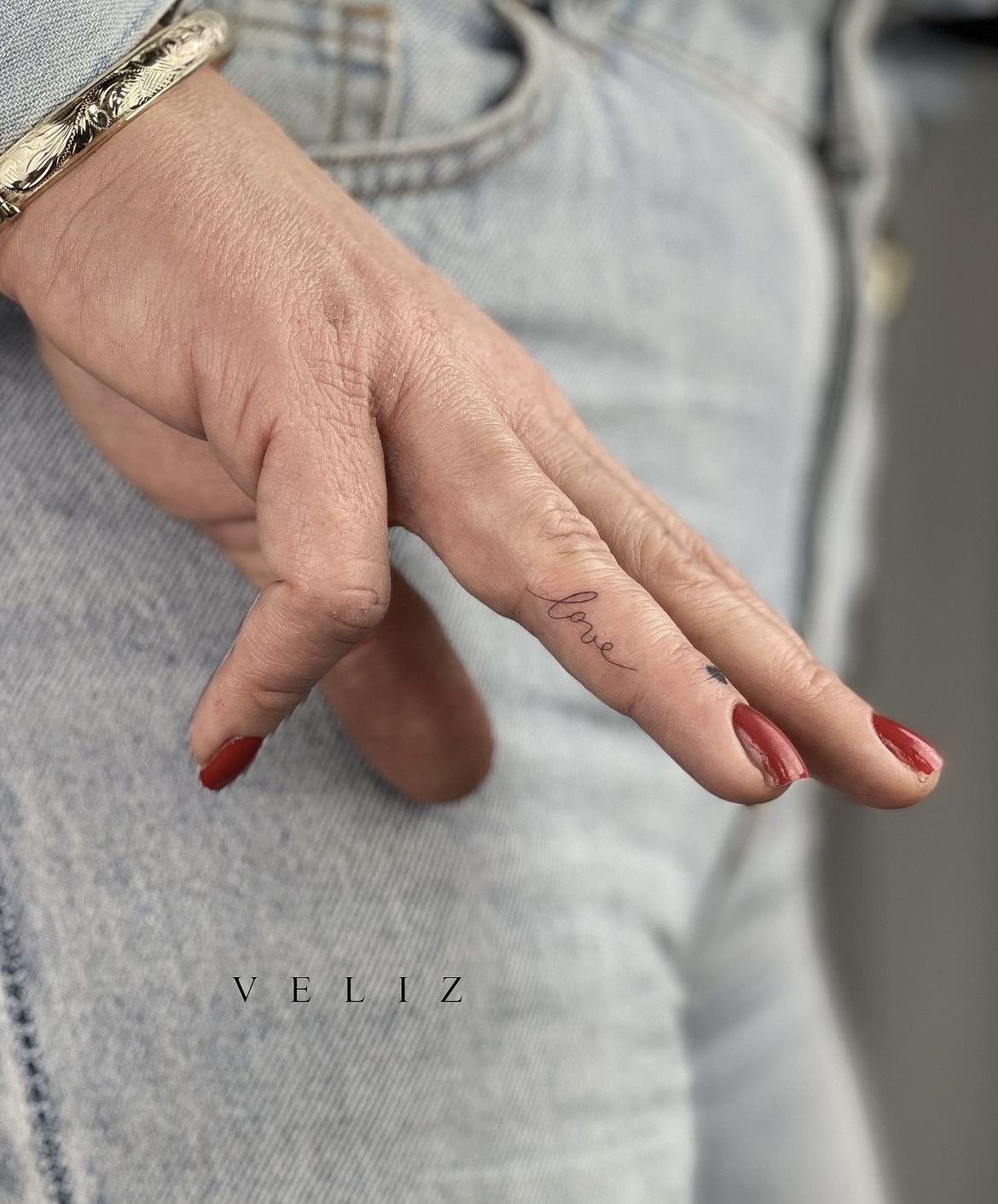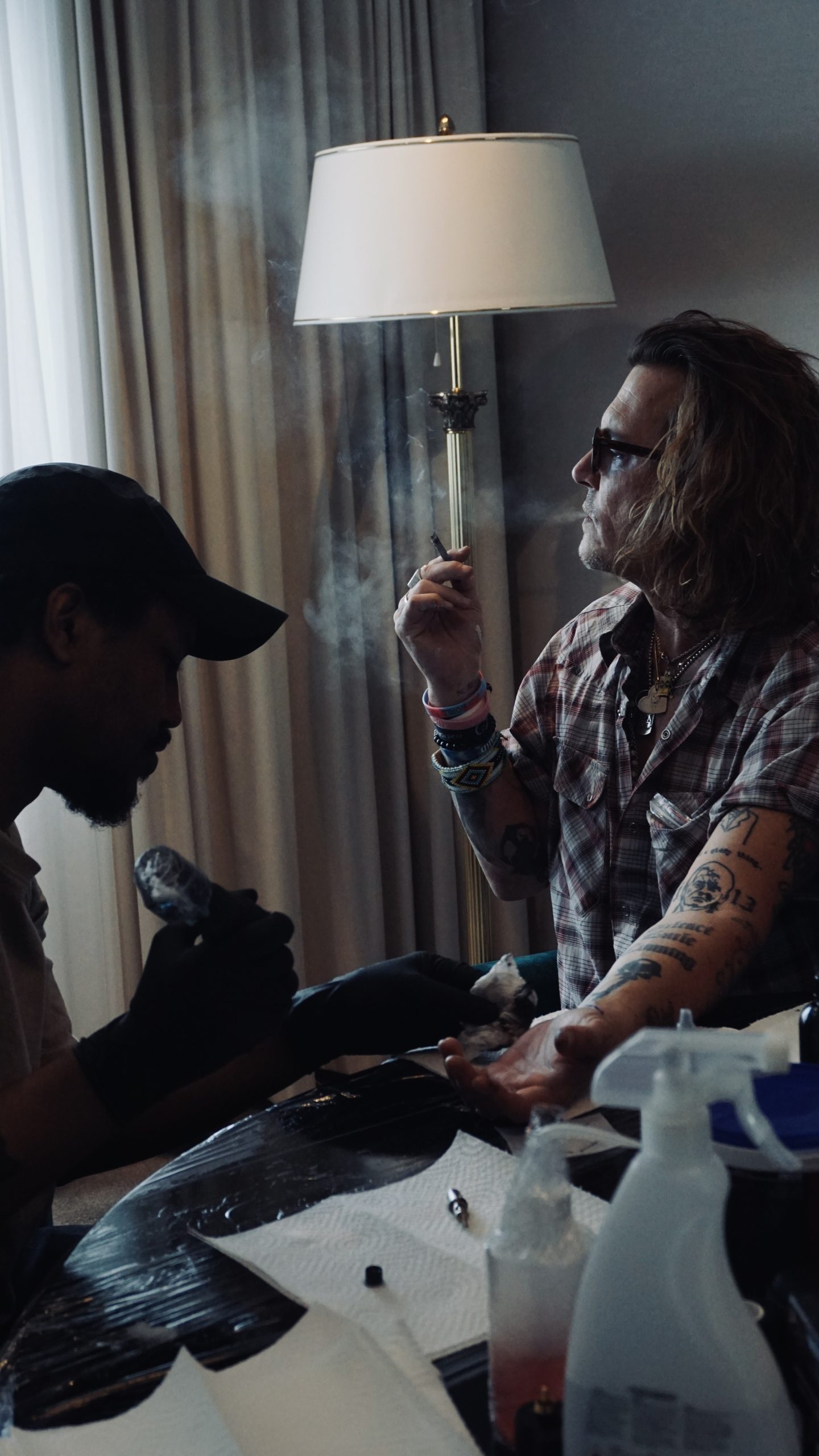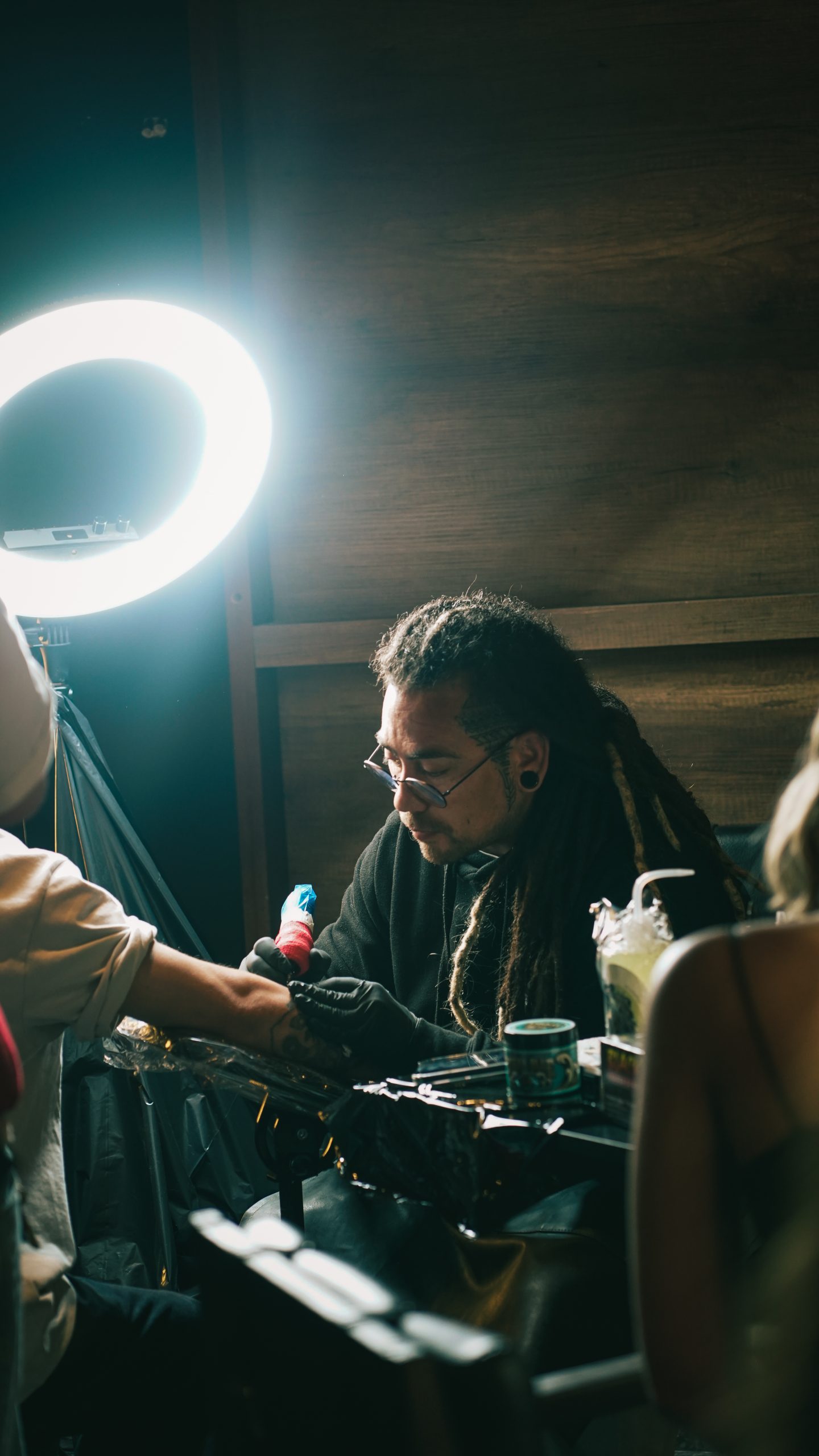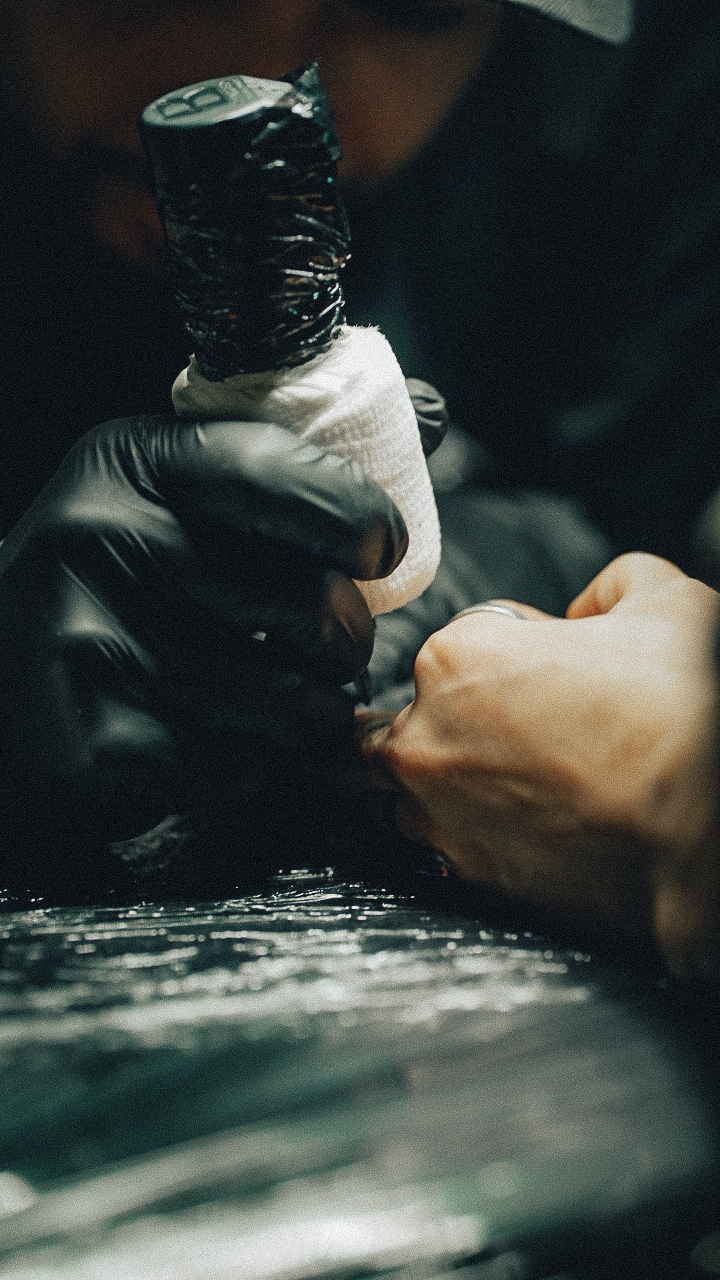Tattoo removal in the past
Before modern technology like laser treatments became available, there were few methods for tattoo removal, and the results were often unpredictable. Here are some of the older methods that were used:
- Dermabrasion: This method involved the use of a rotating brush or an abrasive material to remove the outer layers of skin where the tattoo was located. While it could reduce the visibility of the tattoo, the process was painful, and the results were often unsatisfactory.
- Surgical Removal: This method involved cutting out the tattooed skin and stitching the surrounding skin back together. While it was effective for small tattoos, it was not practical for larger designs. The procedure often left visible scars and required a significant healing period.
- Salabrasion: This method involved rubbing salt into the tattooed area to irritate and abrade the skin. The goal was to break down the tattoo ink and encourage the body to heal over the area. However, the process was extremely painful, imprecise, and carried a high risk of infection and scarring.
Fortunately, technology has advanced, and today tattoos can be removed gently and effectively with laser treatment.
Say Goodbye to Tattoos with Laser Technology
Removing tattoos has traditionally been a challenging process.
However, thanks to advanced technology, this process has become both gentler and significantly more effective.
Laser treatment stands out for its ability to target and break down various colors in tattoo ink. Modern lasers, in particular, have proven highly effective in removing challenging colors like red, green, and yellow.
The latest laser technology has revolutionized tattoo removal by reducing the risk of side effects such as scarring and pigmentation changes while delivering significantly improved results. This technology also enhances safety by minimizing the risk of complications like infections, ensuring a safer and more comfortable experience for patients.
With continuous technological advancements, laser treatments have become even more precise and customizable. This allows treatments to be tailored to the individual, ensuring that tattoo removal is now both more effective and gentler than ever before.

How Does Laser Tattoo Removal Work?
Laser tattoo removal is an advanced procedure that uses concentrated light energy to break down ink particles in the skin. The process relies on specific principles of physics and medical technology. Here's an overview of how it works:
1. Laser Light and Ink Pigments
- The laser equipment emits short, intense pulses of light at a specific wavelength, precisely targeting the tattoo ink.
- Different wavelengths are used for various colors; for example, dark colors like black absorb laser light more easily, while lighter colors such as red, green, and yellow may require specialized lasers.
2. Ink Particles Are Broken Down
- When the laser light hits the tattoo, the energy is absorbed by the ink particles. This causes the particles to heat up and shatter into smaller fragments. These smaller particles are then small enough for the body’s immune system to gradually remove them through natural processes.
- This step-by-step breakdown ensures that the tattoo fades over multiple sessions without damaging the surrounding skin.
3. The Body's Natural Cleansing Process
- After the ink is broken down into smaller particles, the body's immune system takes over.
- Immune cells (macrophages) transport the small ink particles through the lymphatic system, where they are eventually eliminated naturally.
4. The Treatment Process
- Laser treatments are performed over multiple sessions, as the ink is gradually broken down over time.
- The number of sessions depends on the tattoo's size, location, color complexity, and depth.
5. Advantages of Modern Lasers
- Modern lasers, such as Q-switched or picosecond lasers, are more effective and reduce the risk of side effects like scarring.
- They can also handle challenging colors and minor pigmentation changes more effectively compared to older technology.
Laser removal is a safe and effective method, but it requires time and proper aftercare to achieve the best results.
Does Tattoo Removal Hurt?
Yes, it can be painfull to remove a tattoo, but the level of discomfort varies from person to person. The experience of pain depends on several factors, such as the tattoo's size, location, colors, and your individual pain tolerance. Many describe the sensation as similar to being snapped with a rubber band or experiencing a warm, stinging feeling.
What Affects the Pain Experience?
- The Placement of the Tattoo
- Areas with thin skin and more nerve endings, such as the hands, ankles, or ribs, can feel more painful.
- Områder med tykkere hud, som lår eller armer, oppleves ofte mindre smertefulle.
- The Size and Color of the Tattoo
- Large tattoos or those with many different colors may require multiple laser treatments, which can lead to increased discomfort over time.
- Your pain threshold
- Each person reacts differently to pain, so the experience can vary significantly.
- Type of Laser Used
- Modern lasers, such as picosecond or Q-switched lasers, are designed to be both effective and gentle, but the treatment can still be uncomfortable.
How Can Pain Be Reduced?
- Use of Local Anesthesia
- Many clinics offer numbing creams or local anesthesia to reduce pain during the treatment.
- Cooling the Skin
- Some laser devices have built-in cooling systems, or the clinic may use cooling equipment on the skin before and after the treatment.
- Breaks During the Treatment
- The therapist can take short breaks during the session to make the experience more comfortable.
- Preparation and Relaxation
- Å være mentalt forberedt og avslappet før behandlingen kan bidra til å redusere opplevd smerte.
Although laser removal can be uncomfortable, each treatment only lasts a few minutes. Most people find it manageable, especially with the pain relief measures available. It's important to remember that the discomfort is temporary, and the results can be well worth it for many.
Laser Removal and Cover-Ups
Are You Considering a Cover-Up?
Laser removal is an effective tool that can be used in combination with cover-ups to create the ideal foundation for your new tattoo. This is particularly useful if the existing tattoo is dark, intricate, or difficult to cover.
Before considering laser treatment, it may be helpful to explore the designs you want for your cover-up. Many tattoos can be covered directly without the need for laser removal.
Send us an request, so we can help you determine if laser treatment is necessary to achieve the best results before moving forward with your cover up.

































